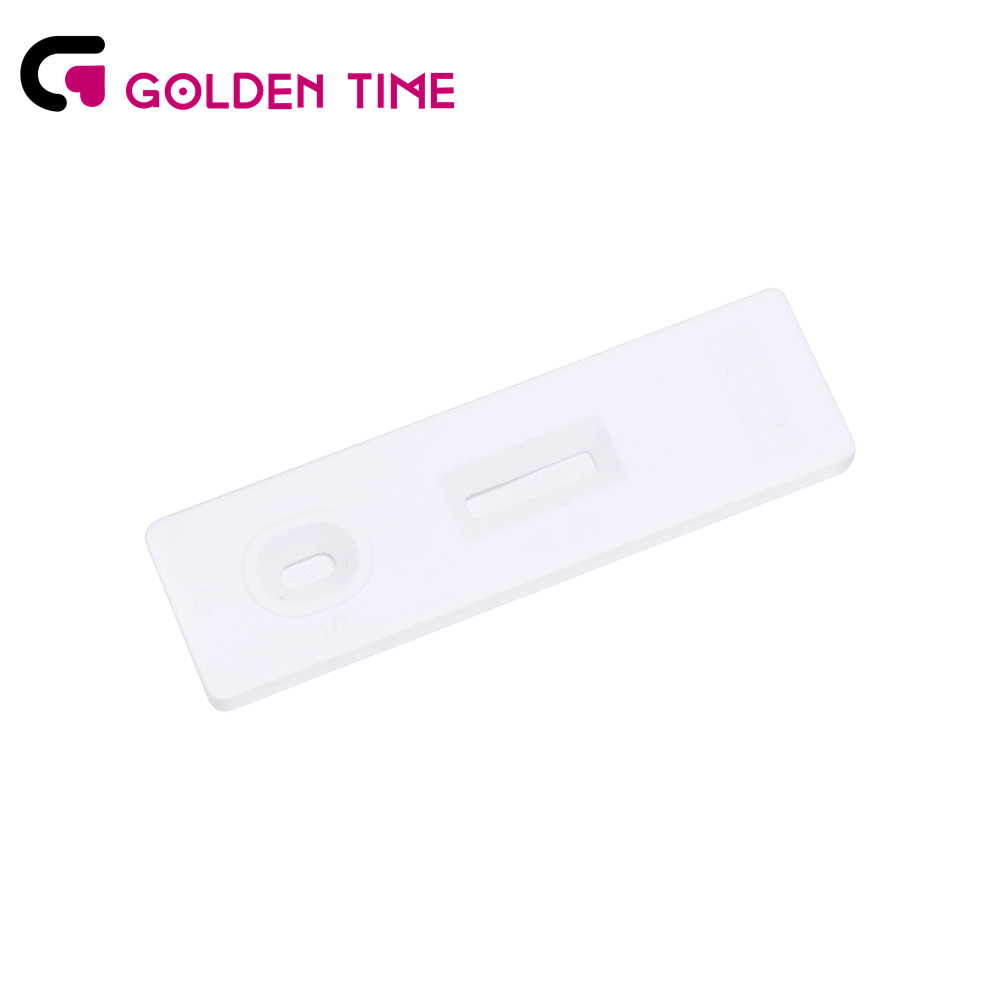Oct . 13, 2024 18:20 Back to list
Effective Stool Test Options for Early Detection of Blood in Feces
Understanding the Best FOBT Stool Test A Comprehensive Guide
The Fecal Occult Blood Test (FOBT) is a critical screening tool used in the detection of colorectal cancer and other gastrointestinal issues. It is non-invasive and can be conducted at home, offering a convenient option for individuals to monitor their health. In this article, we will delve into the significance of the FOBT, its types, how to perform it, and its role in preventive healthcare.
What is FOBT?
The FOBT is designed to detect hidden blood in the stool, which could be an early sign of colorectal cancer, polyps, or other digestive tract disorders. Hemoglobin from red blood cells can leak into the gastrointestinal tract due to various reasons, and the FOBT helps to identify this condition before symptoms arise. There are two main types of FOBT the guaiac-based test and the immunochemical test.
Types of FOBT
1. Guaiac-based FOBT (gFOBT) This traditional test uses a chemical called guaiac to detect blood in the stool. A small stool sample is applied to a test card. After drying, a developer solution is added, which reacts with the guaiac. If hemoglobin is present, it will produce a blue color, indicating the presence of blood.
2. Immunochemical FOBT (iFOBT) Also known as fecal immunochemical test (FIT), this newer test uses antibodies that specifically target human hemoglobin. This test is more sensitive than gFOBT and does not require dietary restrictions before testing, making it more user-friendly.
Why is FOBT Important?
Colorectal cancer is one of the leading causes of cancer-related deaths worldwide. Early detection through screenings like the FOBT can significantly improve survival rates. FOBT is recommended for average-risk adults starting at the age of 45, though individuals with a family history of colorectal cancer or other risk factors may need to start screening earlier.
How to Perform FOBT
Performing an FOBT at home involves several straightforward steps, but it’s essential to follow the instructions provided with the test kit carefully
best fobt stool test

1. Preparation Gather your materials, including the test kit, gloves (if provided), and a collection container. Avoid certain foods and medications as advised by the instructions.
2. Collecting the Sample Use the collection device to obtain a small stool sample. It is crucial to avoid contamination with urine or water.
3. Applying the Sample Using the applicator or provided tools, apply the stool sample to the test card as directed. Make sure to follow the specified amount required.
4. Waiting Period Allow the sample to dry for the time indicated in the instructions. This may vary based on the test type.
5. Testing Apply the developer solution (if required) to the test card. Observe for any color changes as per the instructions.
6. Interpreting Results Follow the guidelines to interpret the test results. A positive result doesn’t necessarily mean cancer but may indicate the need for further investigation via a colonoscopy.
Limitations of FOBT
While FOBT is a valuable screening tool, it has limitations. False positives can occur due to non-cancerous conditions like hemorrhoids or gastritis. Conversely, false negatives may happen if there is not enough blood to detect during a single testing. Therefore, the FOBT is often recommended as part of a broader screening strategy that may include colonoscopies or other diagnostic procedures.
Conclusion
The FOBT stool test serves as a vital component of early detection and prevention of colorectal cancer. Its simplicity and ability to be performed at home empower individuals to take charge of their health. Regular screening through FOBT, alongside a healthy lifestyle and awareness of family history, can lead to early intervention and improved outcomes. Discuss with your healthcare provider about the best screening strategies for you and ensure you stay proactive in managing your health.
-
Premium Empty ABS Plastic Cassettes: Durable & Lightweight Storage
NewsAug.01,2025
-
Accurate Cocaine (Coc) Rapid Test Kit | Fast & Reliable Detection
NewsJul.31,2025
-
Accurate HCG Pregnancy Test Strips | Fast Home Use Kit
NewsJul.31,2025
-
Reliable Early Pregnancy Test Kit Supplier - Multi Plastic Cassette Options
NewsJul.30,2025
-
Transferrin Rapid Test Cassette – Reliable Tumor Marker Detection
NewsJul.29,2025
-
Accurate Follicle Stimulating Hormone Test Kit | Rapid Reliable Results
NewsJul.29,2025

